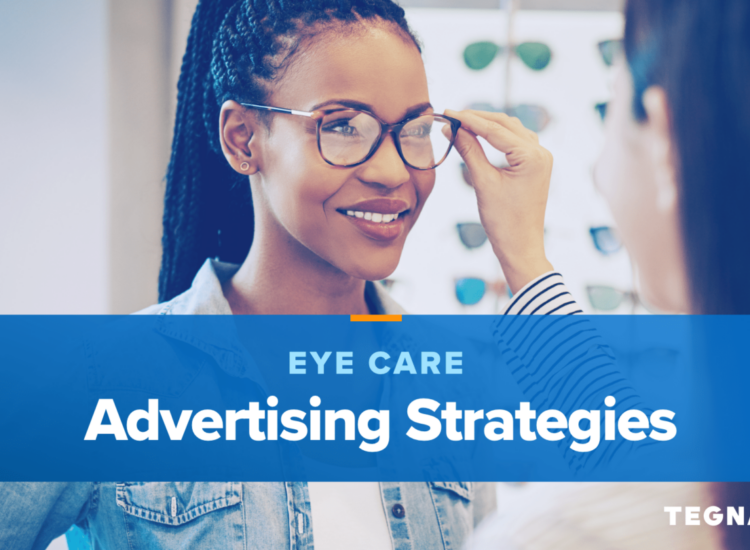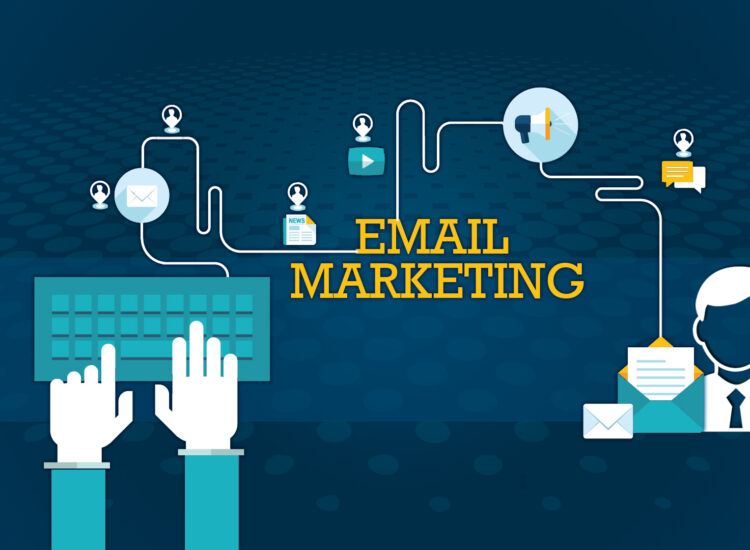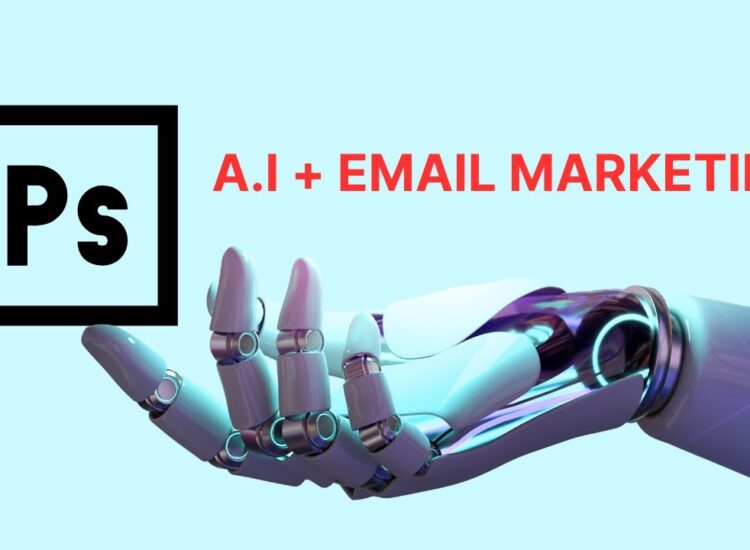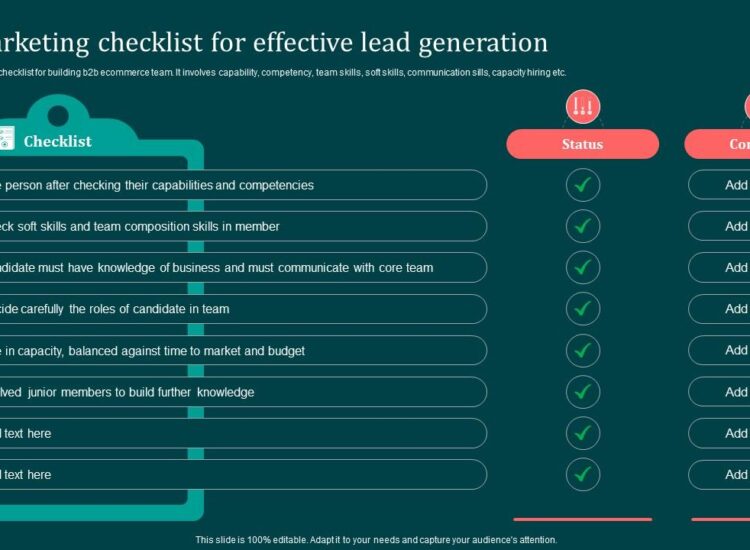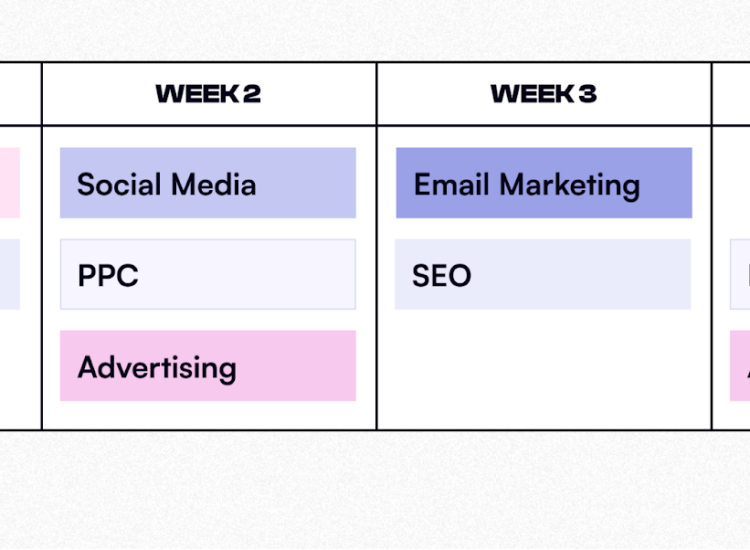In the competitive digital landscape, driving visitors to your website is essential for achieving any online goal, whether it’s generating leads, making sales, building a brand, or sharing information. You can have the most beautiful and functional website in the world, but without traffic, it serves little purpose. If you’ve been searching for ways to get more eyes on your site, understanding how to increase website traffic is the critical first step.
Toc
- 1. Master Search Engine Optimization (SEO)
- 2. Develop a Robust Content Marketing Strategy
- 3. Related articles 01:
- 4. Leverage Social Media Marketing
- 5. Explore Paid Advertising
- 6. Implement Email Marketing
- 7. Focus on Building High-Quality Backlinks
- 8. Related articles 02:
- 9. Optimize User Experience (UX)
- 10. Analyze Your Website Analytics
Let’s explore the practical steps on how to increase website traffic.

Master Search Engine Optimization (SEO)
SEO is the backbone of sustainable, high-quality website traffic. It involves optimizing your site to rank higher in search engine results (like Google), bringing in visitors who are actively searching for information related to your business or content. This organic traffic is often the most valuable.
- Keyword Research: Understand what terms your target audience uses. Use tools to find relevant keywords with decent search volume and manageable competition. Focus on a mix of broad terms and specific, long-tail keywords.
- On-Page SEO: Optimize individual pages:
- Title Tags & Meta Descriptions: Craft compelling, keyword-rich titles and descriptions that entice clicks in search results.
- Header Tags (H1, H2, etc.): Structure your content logically using headers, including your main keyword in the H1.
- Content Optimization: Create high-quality, in-depth content that naturally incorporates your keywords and related terms, directly addressing user intent.
- Image Alt Text: Use descriptive alt text for images, including keywords where relevant for accessibility and SEO.
- Technical SEO: Ensure search engines can easily crawl and index your site:
- Site Speed: Optimize your site for fast loading times on all devices – a crucial ranking and user experience factor.
- Mobile-Friendliness: Your site must be responsive and provide an excellent mobile experience. Google uses mobile-first indexing.
- SSL (HTTPS): Secure your site with an SSL certificate; it’s a ranking signal and builds trust.
- XML Sitemaps: Submit a sitemap to Google Search Console to help search engines discover your pages.
- Structured Data: Use schema markup to give search engines more context about your content.
- Off-Page SEO: Build your site’s authority and reputation:
- Backlinks: Earn high-quality links from other reputable websites. Backlinks are powerful “votes” for your site’s credibility. Focus on quality over quantity.
Investing in SEO is a long-term strategy, but the organic traffic it generates provides compounding returns over time.
Develop a Robust Content Marketing Strategy
Creating valuable, relevant, and consistent content is key to attracting and engaging your audience. Content marketing draws visitors in by providing information, entertainment, or solutions to their problems.
- Start a Blog: Regularly publish blog posts on topics related to your industry or niche. This allows you to target a wide range of keywords and establish your expertise.
- Diversify Content Formats: Go beyond text. Create videos, infographics, podcasts, webinars, guides, and case studies to appeal to different preferences and platforms.
- Focus on Quality and Value: Your content must be well-researched, accurate, engaging, and genuinely helpful. Aim to be the best resource available for a given topic.
- Understand Search Intent: Create content that directly answers the questions users are asking or fulfills the purpose behind their search queries.
- Promote Your Content: Don’t just publish and hope for the best. Actively share your content on social media, via email, and reach out for potential links or mentions.
High-quality content is the fuel for many other traffic-driving strategies, including SEO and social media.
Related articles 01:
1. https://duocphamvietduc.com.vn/mmoga-how-to-use-ai-in-marketing-a-comprehensive-guide-for-2025/
5. https://duocphamvietduc.com.vn/mmoga-ai-in-digital-marketing-transform-your-strategy-in-2025/
Leverage Social Media Marketing
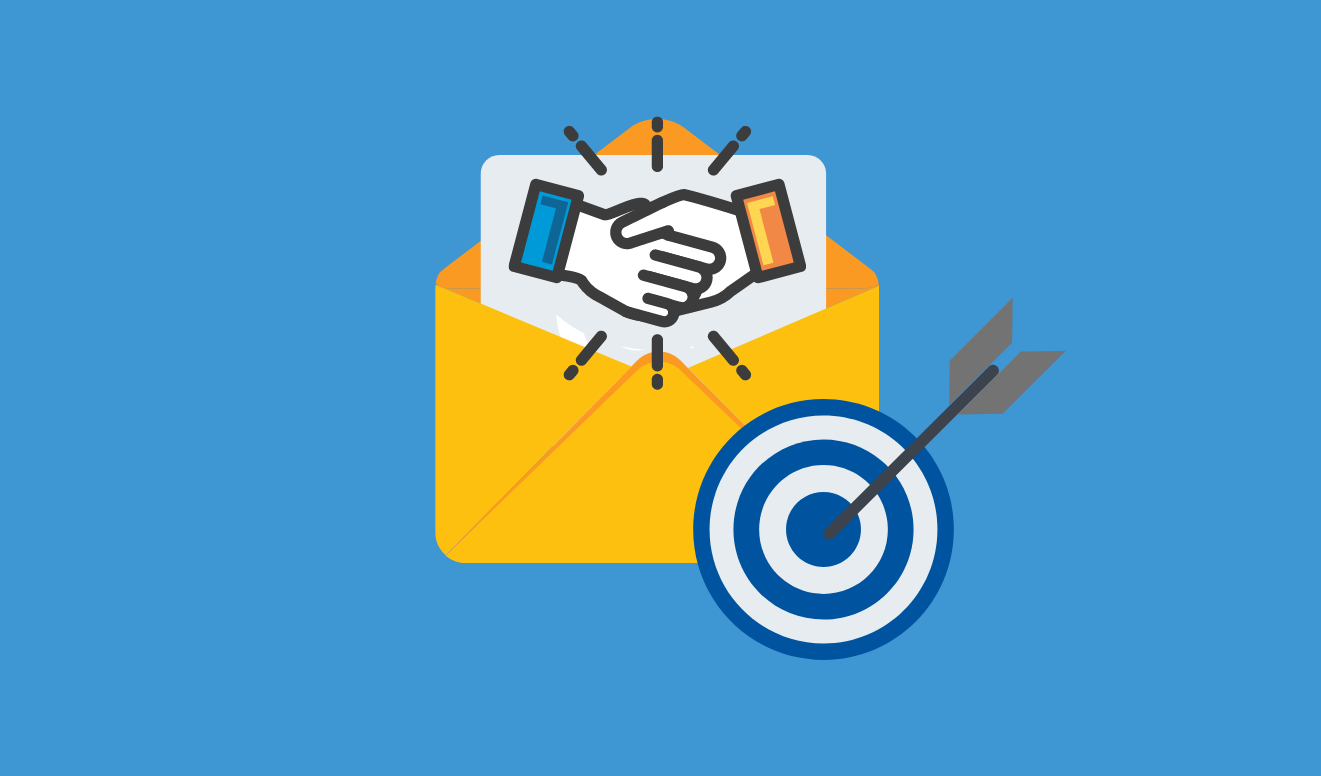
Social media platforms are powerful channels for reaching your target audience, building a community, and driving traffic back to your website.
- Choose the Right Platforms: Focus on the social media networks where your ideal customers spend their time.
- Share Your Content: Regularly share your blog posts, videos, and other website content on your social profiles. Use compelling visuals and captions.
- Engage Your Audience: Interact with your followers. Respond to comments, answer questions, and participate in relevant conversations. Building relationships fosters loyalty and encourages visits.
- Use Visuals and Video: Social media is highly visual. Create eye-catching images, graphics, and short videos optimized for each platform.
- Run Contests and Promotions: These can create buzz and drive traffic to specific landing pages on your site.
- Utilize Social Media Advertising: Paid social ads (discussed below) allow precise targeting to drive traffic directly to your site.
Consistent and engaging social media activity can significantly boost your website traffic and brand visibility.
Explore Paid Advertising
Paid advertising offers a way to generate immediate, targeted traffic to your website. While it requires a budget, it can be highly effective for achieving specific goals quickly.
- Search Engine Marketing (SEM) / Pay-Per-Click (PPC): Advertise on search engines like Google Ads. You bid on keywords, and your ad appears at the top of search results. You pay each time someone clicks your ad. Highly effective for capturing high-intent users.
- Social Media Advertising: Run ads on platforms like Facebook, Instagram, LinkedIn, or Twitter. These allow precise targeting based on demographics, interests, and behaviors, driving traffic to landing pages.
- Display Advertising: Show banner ads on websites across a network. Useful for remarketing (targeting users who previously visited your site) and brand awareness.
- Native Advertising: Ads designed to blend seamlessly with the content of the platform they appear on.
Paid advertising requires careful planning, budgeting, and continuous optimization to ensure a positive return on investment.
Implement Email Marketing
Email marketing is one of the most effective channels for nurturing leads, building customer loyalty, and driving repeat traffic to your website.
- Build Your Email List: Encourage website visitors to subscribe to your newsletter or email list by offering valuable incentives (e.g., free guides, discounts). Place opt-in forms strategically on your site.
- Send Valuable Emails: Regularly send out newsletters or targeted emails with updates, new content alerts, special offers, and links back to relevant pages on your website.
- Segment Your Audience: Divide your list based on interests or behavior to send more personalized and relevant messages, increasing open and click-through rates.
- Use Automation: Set up automated email sequences (welcome series, abandoned cart reminders) to engage users based on their actions.
Email marketing allows you to communicate directly with an interested audience and bring them back to your site when you have something new or valuable to share.
Focus on Building High-Quality Backlinks
Backlinks remain a crucial ranking factor in SEO and can also drive referral traffic. A link from a reputable website acts as an endorsement of your content or business.
- Guest Blogging: Write and publish articles on other relevant websites in your industry. Include a link back to your site in your author bio or within the content (where relevant).
- Create Link-Worthy Content: Develop exceptionally valuable resources (original research, comprehensive guides, unique data) that other websites will want to cite and link to.
- Broken Link Building: Find broken links on other websites and suggest your relevant content as a replacement.
- Strategic Outreach: Reach out to website owners, bloggers, or journalists who might be interested in your content or have mentioned your brand without linking.
Building quality backlinks is challenging but essential for improving your site’s authority and driving organic traffic.
Related articles 02:
4. https://duocphamvietduc.com.vn/mmoga-ai-in-digital-marketing-transform-your-strategy-in-2025/
5. https://duocphamvietduc.com.vn/mmoga-how-to-use-ai-in-marketing-a-comprehensive-guide-for-2025/
Optimize User Experience (UX)
A positive user experience keeps visitors on your site longer, encourages them to explore more pages, and increases the likelihood of return visits. While not a direct traffic generation method, poor UX can undo the efforts of your other strategies.
- Improve Site Speed: Reiterate that speed is fundamental to UX.
- Ensure Mobile Responsiveness: A seamless experience across all devices is mandatory.
- Intuitive Navigation: Make it easy for visitors to find what they need with clear menus and internal linking.
- Readability: Use clear fonts, sufficient spacing, and structure content with headings and bullet points.
- Clear Calls to Action (CTAs): Guide visitors on what to do next with prominent and compelling CTAs.
A website that is easy to use and provides a good experience encourages visitors to stay and engage, sending positive signals that can benefit rankings and overall traffic flow.
Analyze Your Website Analytics
You can’t effectively increase traffic if you don’t measure your current performance and understand your audience.
- Install Google Analytics: Track key metrics like traffic sources, popular pages, bounce rate, time on site, and audience demographics.
- Use Google Search Console: Monitor your site’s performance in Google Search results, track keyword rankings, identify technical issues, and see which queries are driving impressions and clicks.
- Identify What Works: Analyze your data to see which channels are driving the most traffic and engagement. Double down on successful strategies.
- Find Areas for Improvement: High bounce rates on certain pages or low traffic from a specific source can indicate areas that need optimization.
Data analysis provides the insights needed to make informed decisions and refine your approach to continually boost traffic.
Beyond the Core: Additional Tactics
- Participate in Online Communities: Engage in relevant forums, Q&A sites (like Quora), and social media groups. Provide value and strategically link back to your site when appropriate.
- Local SEO (if applicable): Optimize your Google Business Profile and get listed in local directories.
- Run Online Contests and Giveaways: Can generate buzz and require website visits.
- Syndicate Your Content: Repurpose or republish your content on other platforms (with proper attribution).
- Leverage Influencer Marketing: Partner with relevant influencers to promote your site.
Conclusion: A Holistic and Ongoing Effort
Understanding how to increase website traffic involves recognizing that it’s not about relying on just one trick. Sustainable growth comes from a holistic approach that combines various strategies – from the technical foundation of SEO and the cornerstone of valuable content, to the reach of social media and the direct connection of email marketing.
- Be Patient and Persistent: Organic growth takes time. Consistency in content creation, promotion, and optimization is key.
- Focus on Quality: Whether it’s your content, your user experience, or the sources of your backlinks, quality always trumps quantity.
- Stay Updated: The digital marketing landscape is constantly evolving. Keep learning and adapt your strategies.
- Analyze and Adapt: Use your data to understand what’s working and refine your efforts accordingly.
By implementing these strategies diligently and viewing traffic generation as an ongoing process of optimization and audience engagement, you will be well-equipped to significantly increase your website traffic and achieve your online goals. Start today and build the online presence you envision.
